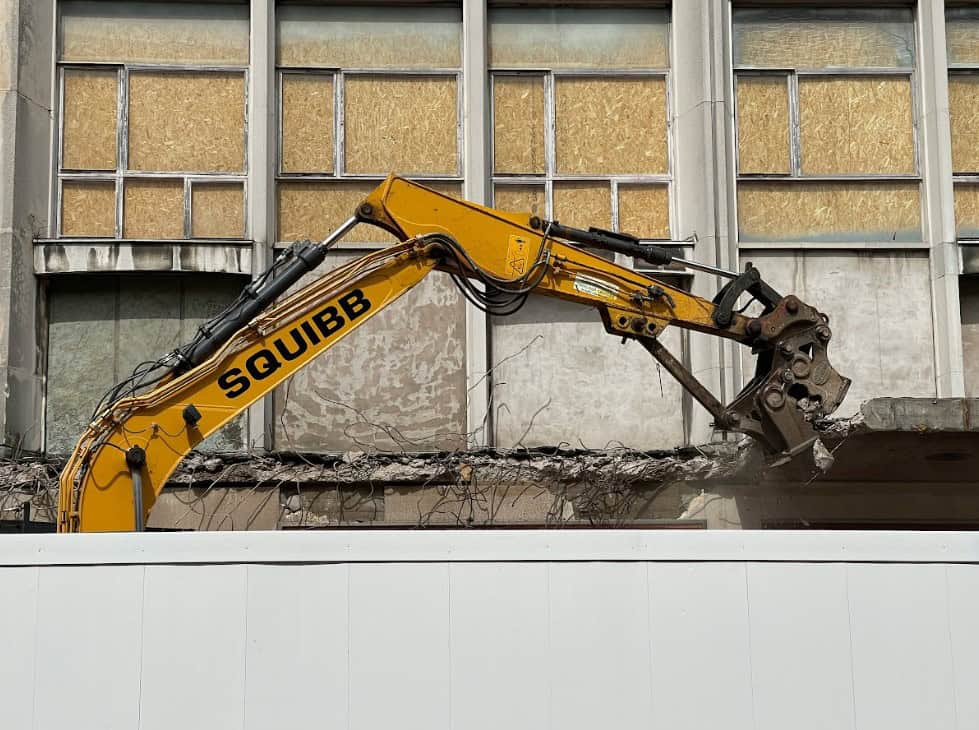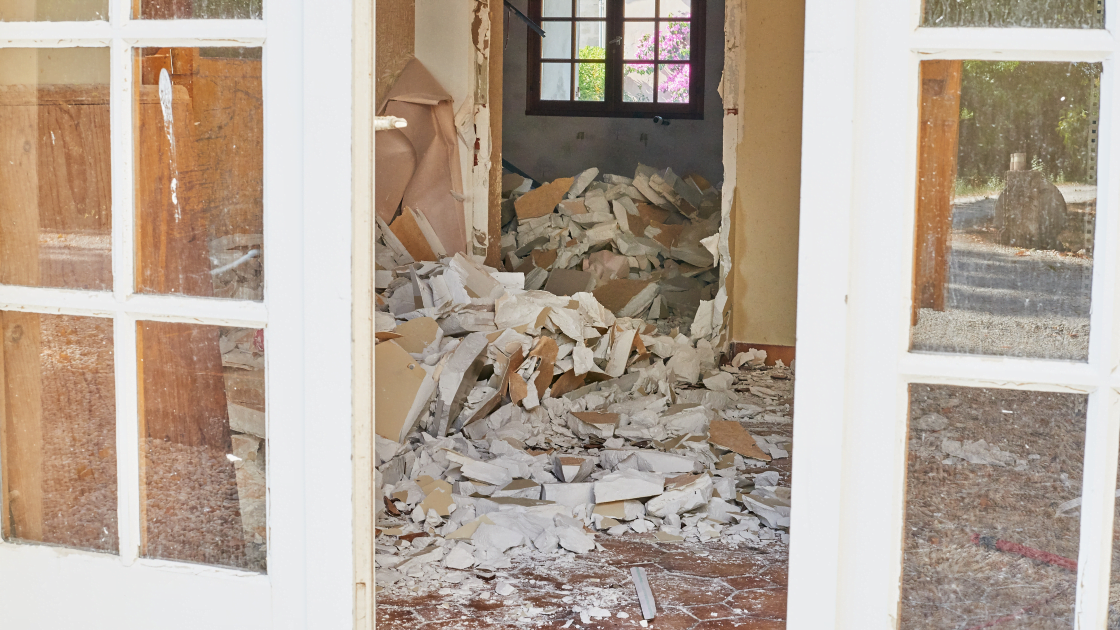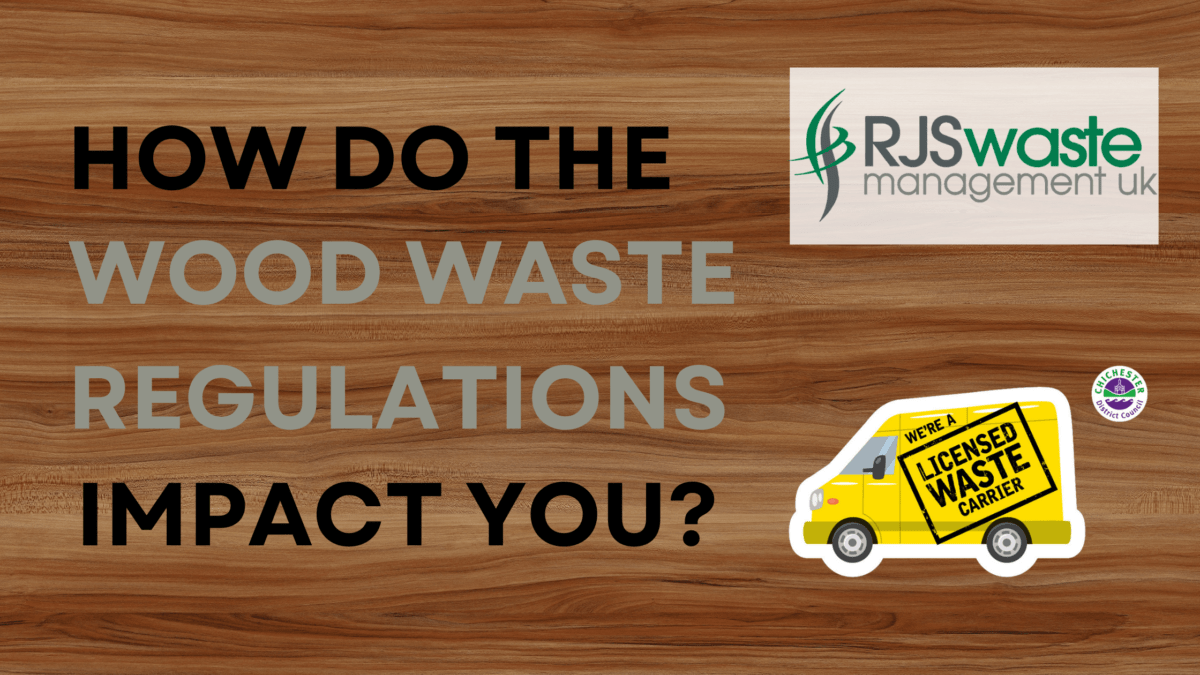
From September 2023, changes in the classification of some wood waste as hazardous have affected many of our clients. The construction industry especially is finding wood recycling trickier.
But these changes aren’t as huge as first thought. What’s more, there’s nothing to fear when harmful construction waste can be disposed of safely by fully licenced and insured companies like RJS Waste Management.
New wood waste regulations
After five years of rigorous testing by the Wood Recyclers’ Association (WRA) and UK regulators, the Waste Wood Classification Project identified hazardous waste content in various types of wood waste.
This directed the Environment Agency (EA) to withdraw its Regulatory Position Statement (RPS) 250. Introduced in 2021, RPS 250 allowed for potentially hazardous ‘amber’ waste wood materials from the construction and demolition waste stream to be treated as non-hazardous.
Last year’s shift means that 10 types of wood waste items from pre-2007 buildings will now be classified as hazardous waste. Wood waste recyclers won’t accept potentially hazardous wood waste unless proven as non-hazardous. Specialist hazardous waste removal and disposal teams will be needed if your wood waste can’t be proven safe for wood recycling.
But, as reported by letsrecycle.com, the WRA wants to avoid confusion over the new rules that only apply to, “a very small amount of material, which through testing can be reduced even further and should not cause major disruption to operations”.
Householders are responsible for their wood waste when renovating but aren’t impacted by the regulatory change. They can keep using their local household waste recycling centres. However, any contractors must update their wood waste removal procedures.
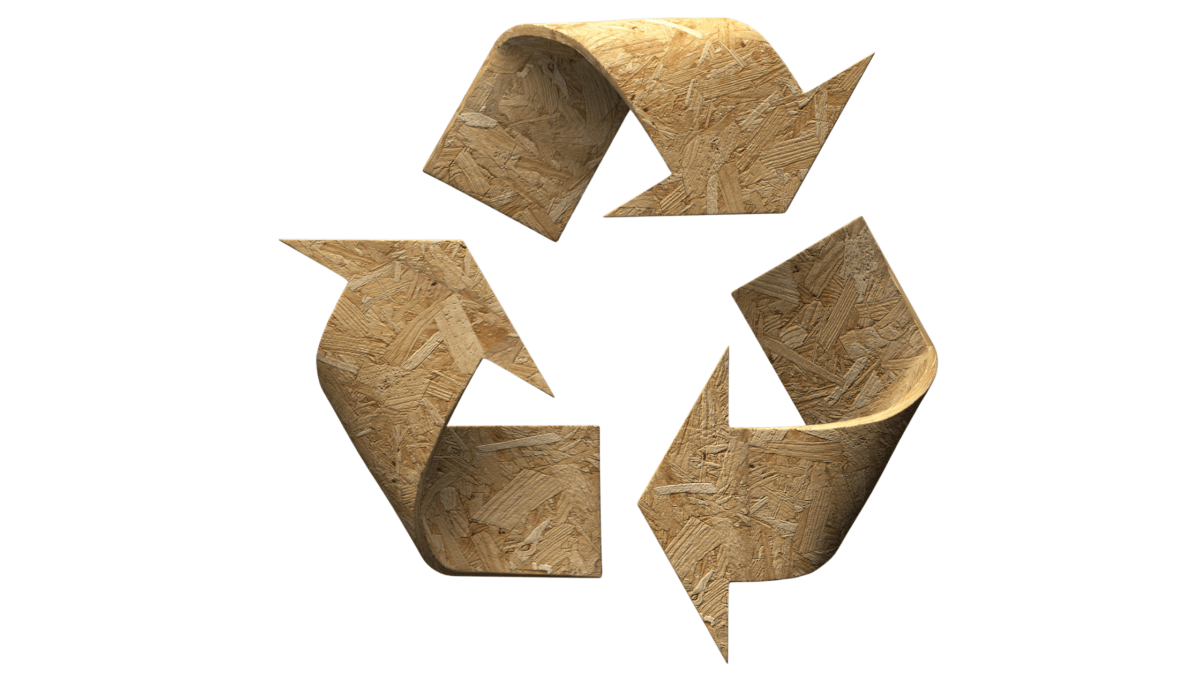
What wood is hazardous?
Waste wood is categorised based on its potential to cause harm:
Grade A – the cleanest wood type; it’s non-hazardous and includes wood from pallets, packaging crates, and joinery offcuts.
Grades B and C – may contain potentially hazardous wood, so require further testing. This includes wood from furniture, wooden fittings, and chipboard.
Grade D – is always classed as hazardous waste and includes wood found in agricultural fencing, telegraph poles, and railway sleepers.
The following 10 types of wood waste, from buildings constructed before 2007, are now classified as hazardous waste within Grade D:
- Barge boards
- External fascia
- Soffit boards
- External joinery
- External doors
- Roof timber
- Tiling cladding
- Tiling battens
- Timber frames
- Timber joists
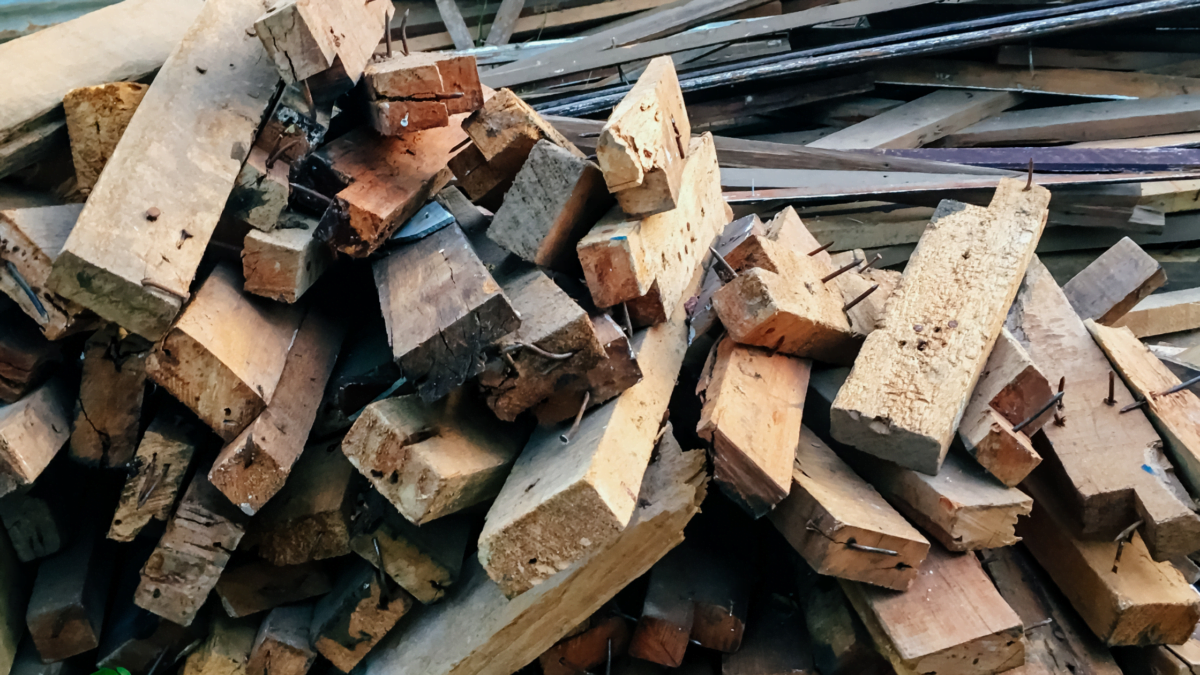
What does this mean for your wood waste management?
Are you a construction worker or demolition contractor working on premises built before 2007? There could be more time and cost restraints involved. Any waste wood from your project will need to be assessed to see what category it falls into.
If classed as Grade D, it’s hazardous waste and will need to be collected and disposed of by a fully insured, waste carrier-licenced hazardous waste removal specialist.
Wood waste that’s thought potentially harmful will need to be tested to see if contains hazardous materials. If it’s proven safe, you’ll need to send the test results to your wood recycler and then proceed to recycle as usual.
But there’s no need to panic that it’s all change. Research by the WRA revealed less than 1% of wood found in construction waste is hazardous. This is a small proportion of the UK’s total 4000 tonnes of wood waste.
This useful guide from the WRA will help you understand how to sample and test your waste wood.
Hazardous waste removal in your area
There’s no need to worry if your project results in hazardous wood waste. RJS Waste Management is here to help. Just as we’ll deal with your other construction waste, we’ll remove, collect and dispose of all your hazardous waste.
Building a new development in London? Working on a farm building demolition in Oxfordshire? Making renovations to a country house in West Sussex? We’re well-placed to support your next hazardous wood waste removal project. Contact us for a free, no-obligation quote.

